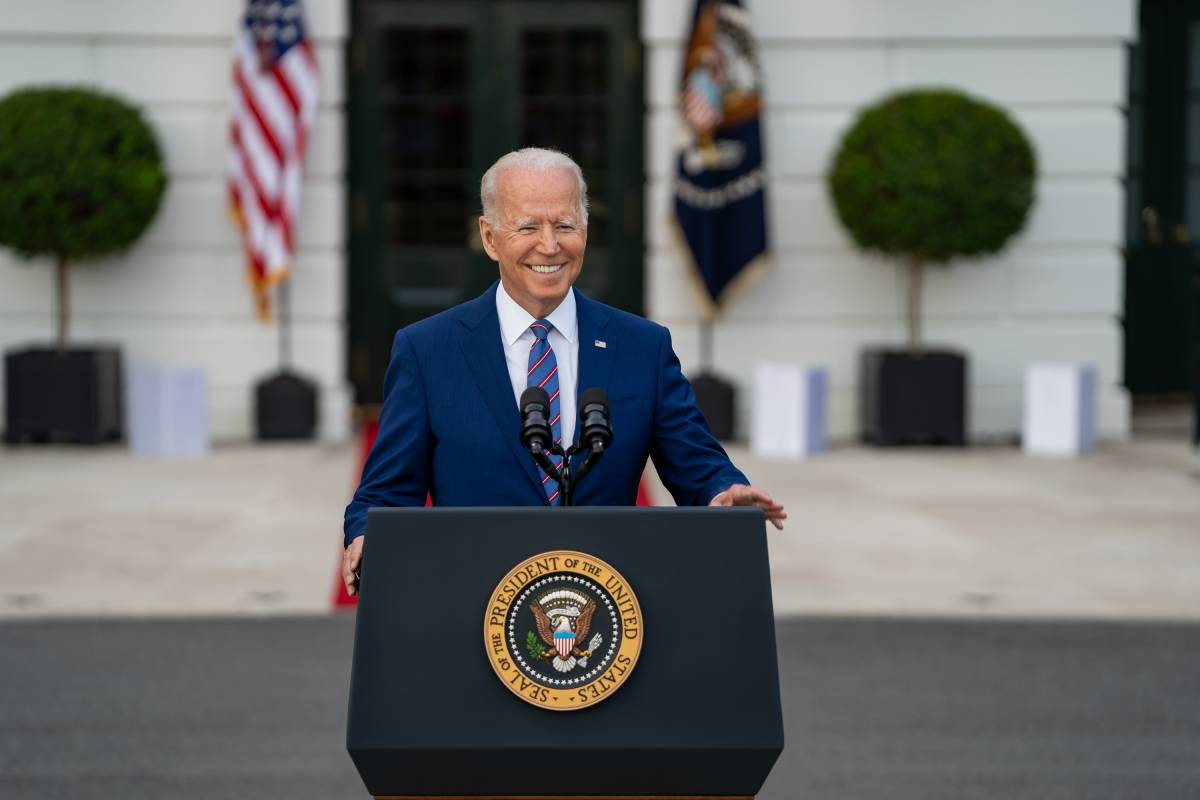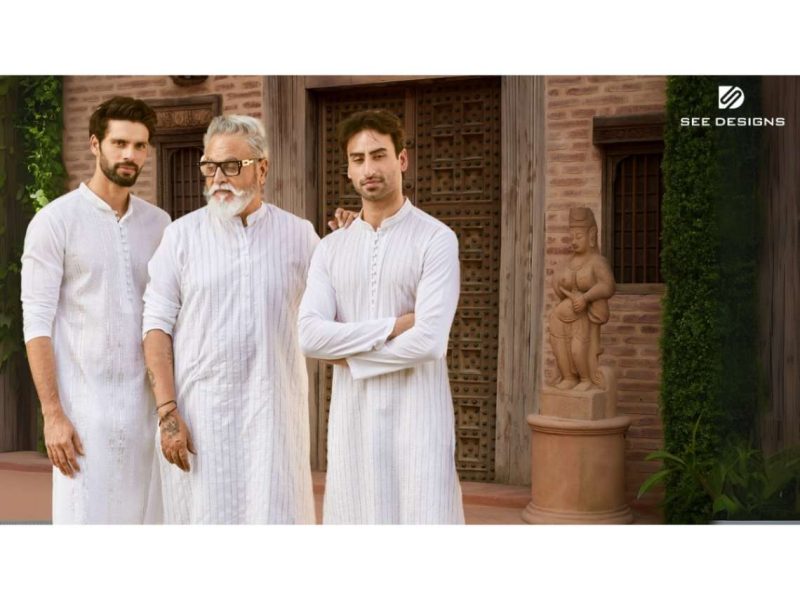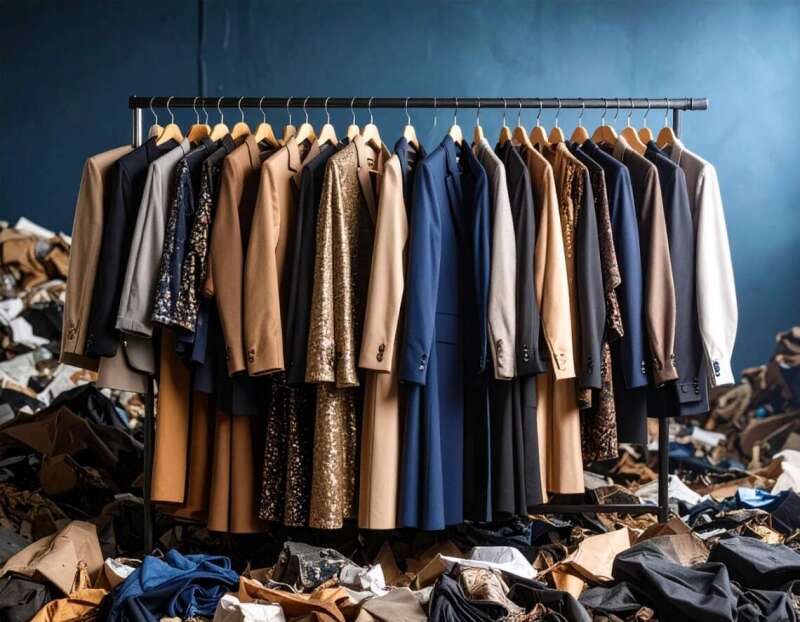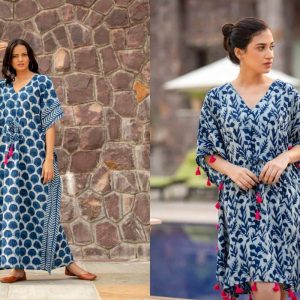The textile sector is one of the biggest contributors to the national economy and a large employment generator… Avinash Mane interacts with Puja Gupta.
Pandemic tried to put a full stop for most of our industries, but the continuous effort and support of technology really helped such to come back. Clothes are one of the basic needs of human existence, which is why even during lockdown, the apparel industry witnessed a steady demand. Demand from Western markets helped the Indian Textile sector stay afloat, says Avinash Mane, Commercial Director, South Asia, Lenzing Group.
Mane shares his views on the challenges the Indian textile industry faced due to the pandemic and what role technology has to play in the future of the apparel industry.

How has the Indian textile industry responded to the challenges experienced by Covid-19 over the past year?
The textile sector is one of the biggest contributors to the national economy and a large employment generator. India’s textile sector is unique with it being one of the finest in the world producing around 15 per cent of total industrial production and contributing around 30 per cent to total exports.
The sector did face its share of challenges over the last year. While the domestic retail went on pause last summer, the export orders from European and American region also dried. But despite the issues, the industry has kept afloat. Specially post the first wave when orders from western countries started flowing in. The recovery, which was export driven, was visible from early this year. Clothes are one of the basic needs of human existence, which is why even during lockdown, the online apparel industry witnessed a steady demand.

According to a recent report by the Indian Ratings and Research agency (Ind-Ra), the non-availability of inputs such as fabric, yarns etc due to lockdown related restrictions may cause a short-term impact on the finished output in the sector, however it is unlikely to impact the Indian textile sector.
As mentioned, demand from western markets helped the Indian Textile sector stay afloat. Ind-Ra stated that due to strong export markets, the first quarter of the current financial year may not be a ‘lost quarter’ for the textile sector. Covid-19 and lockdown has also been a deep learning experience for the textile industry who responded with agility by working out adequate inventory and we believe will help the sector bounce back sooner than expected.
Recently, Lenzing announced its business results for first quarter. The group has seen good growth for its TENCEL lyocell and modal fibers as well as LENZING ECOVERO viscose fibers. The Indian region has been a key contributor to this.
The sector has also received promising support from the government through innovative schemes such as planned mega textile parks, giving it the necessary impetus to become competitive, attract large investments through the creation of world-class infrastructure.
Do you feel that the Indian textile industry has fared better than other regions in terms of business? If yes, why?
The Covid-19 pandemic also put a spotlight on the untapped textile potential of South Asian region. It has given an opportunity to countries like India, Bangladesh, Indonesia to become a potential global centre for textile and clothing exports. Availability of abundant and cheap labour, water and other raw materials for textile manufacturing processes, large production of cotton, nearness to growing markets have further helped this.

Covid-19 has given rise to a new type of consumer thus pushing products and services to recreate themselves. Do you believe this is true for textile ad apparels as well? Please elaborate.
The Covid-19 crisis gave rise to a more conscious consumer. There has been a significant change in consumer attitudes and shopping behaviour and most of these are expected to remain post-pandemic. The lockdown forced consumers to analyse their shopping habits, including cost consciousness, preference for local products, evaluating the impact of their purchases, which ultimately leads to making sustainable choices.
Consumer preferences sharply realigned away from lifestyle to health, hygiene and personal care. Value of hygiene increased significantly thus paving the way for products that promote hygiene thus assuring consumers with greater safety from the virus.
What is interesting to note that fibre features such as microbial resistance became a key focus for the textile manufacturers and brands. These were earlier considered as add-on features, the use of which was restricted to special segments like sportswear.
Apparel brands grew their portfolios to add masks as they became a staple product. Demand from the medical industry increased demand for non-woven textile significantly. These are key ingredients in creating masks, wipes and PPE kits. We foresee this demand to sustain in the near future and contribute to the sector.

Do you believe that technology will have a greater role within the textile industry in a post Covid-19 era?
We believe technology will play a key role in reviving, rejuvenating, and reinvigorating the Indian textile industry. Undoubtedly, technology’s support is vital to any sector but when it comes to textile, it becomes even more important.
Consumers are keen to know about the origin and journey of their products. This is driving up the demand for traceability by brands and consumers alike which is further driving the increasing use of AI and IoT within the sector. To address this demand Lenzing collaborated with TextileGenesis and introduced a brand-new blockchain-enabled supply chain traceability platform in 2020.
ALSO READ-Kashmir Fashion Breaks the Jinx














